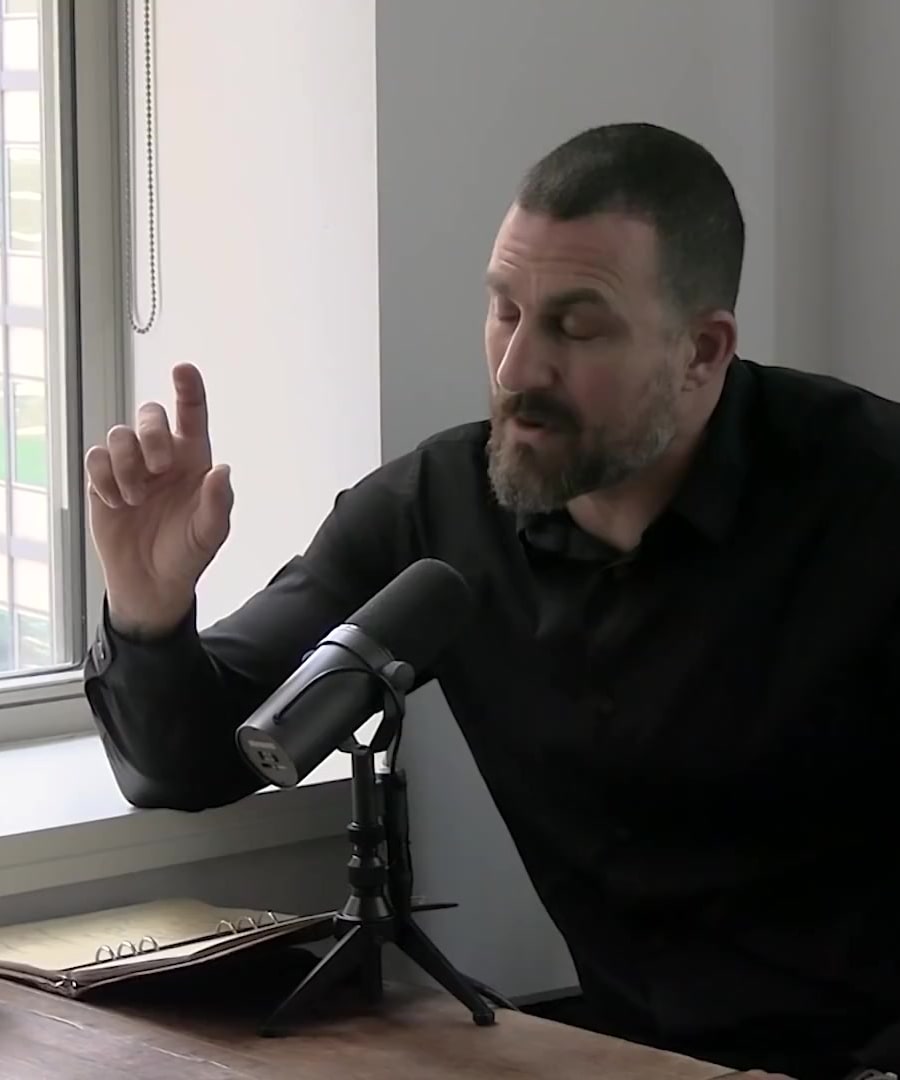Tripartite Model explained?
Sources:
The Tripartite Model considers the interplay between circadian rhythms, homeostatic sleep drive, and environmental factors such as light exposure in regulating behaviors like sleep and eating. Here’s a breakdown of the elements:
-
Circadian Influences: These are biological processes that follow a roughly 24-hour cycle in the absence of external cues. The light-dark cycle principally sets these rhythms, impacting sleep, hormone release, and other bodily functions.
-
Homeostatic Sleep Drive: This mechanism signals a need to sleep based on the amount of time awake. The longer one stays awake, the stronger the urge to sleep becomes. This drive helps maintain a balance by building up a need for sleep during wakefulness and reducing it during sleep.
-
Environmental Input: Factors like light and food availability interact with the body's circadian and homeostatic systems. Light exposure, particularly at the right time of day, helps fine-tune the circadian system, enhancing overall well-being, performance, and health outcomes.
The model highlights the need to consider these interacting systems to understand and optimize physiological functions such as sleep cycles and metabolic processes. It's especially relevant in discussions about how light can impact various systems beyond just the circadian rhythm, influencing mood, alertness, and even metabolic functioning 1 2.
RELATED QUESTIONS-

